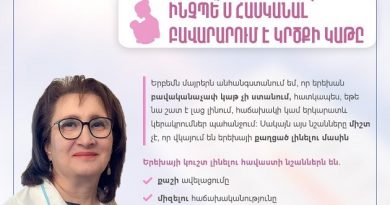Asthma Management
Introduction
Asthma is a syndrome with a chronic but variable clinical course and presentation. Its main features are (1)
reversible airflow obstruction, (2) nonspecific airways hyper-reactivity, and (3) airways inflammation. The nonspecific nature of the hyper-reactivity is perhaps a reflection of airway inflammation. Symptoms are triggered
by nonallergic stimuli such as smoke and strong odors and quantifi ed by sensitivity to inhalational challenge
to nonallergic stimuli such as histamine. Airway hyperreactivity predisposes patients to symptoms in a variety
of environments.

Both children and adults develop asthma. The remission rate in adults is 10% to 15% but is more than 50%
in children. Despite advances in the understanding of asthma and better medications, asthma morbidity and
mortality have increased. During the past 110 years, our understanding of asthma has changed greatly. It was
long considered a disease of “twitchy” airways and a minor ailment that, according to Osler, allowed the patient
to “pant into old age.” Now, asthma is considered a disease of chronic fl uctuating airways infl ammation with
a lethal potential of 5000 deaths annually in the United States. It is a major public health problem that results
in 1.8 million emergency room visits per year, with about 10% of patients requiring hospitalization at a cost
of $12 billion annually in the United States.

Etiology and Pathogenesis
Asthma manifests as inflammation in the lower airways. Over time, structural changes in the airway called remodeling result (i.e., muscle hypertrophy and thickening of the basement membrane) . Acute asthma exacerbations cause airway muscle contraction, edema and sloughing of the airway mucosa, and the accumulation of mucus, cellular debris, and exudative secretions in the airway lumen. These changes degrade airway function, causing respiratory symptoms and even death by suffocation.
There are clinical and epidemiologic links between asthma and immunoglobulin E (IgE). Transcription
factors, such as nuclear factor-KB and members of the signal transduction-activated transcription (STAT) factor
family, act on genes encoding for infl ammatory cytokines, such as interleukins (ILs), and appear to initiate and sustain airway inflammation. Corticosteroids are the most effective controllers of asthma. They inhibit these
transcription factors and airway infl ammation. Asthma refractory to corticosteroids has been linked to the tumor
necrosis factor axis. However, the newly described subset of natural killer T (NKT) cells, CD1d-restricted NKT
cells, with potent immunoregulatory functions and associated with asthma, are also resistant to modulation by
corticosteroids.

A widely held mechanistic explanation is that inhaled antigen activates mast cells and T helper type 2 (Th2)
lymphocytes, causing mediator release that promotes a persistent eosinophilic airway infl ammation. There is no
clear understanding of which biologic infl uences lead to chronic eosinophilic airway infl ammation and hyperresponsiveness in asthma. Genetic factors (e.g., polymorphism for the IgE receptor, β receptor, matrix
metalloproteinase, and CD14), environmental factors (e.g., excessive hygiene, vaccinations), and triggers (e.g., viral
infection, exposures to tobacco smoke, pollutants, allergens) have all been implicated in the pathogenesis of asthma . Most asthmatic patients are atopic and have IgE-mediated disease, although there is evidence suggesting that intrinsic or nonatopic asthmatic patients may produce local, as opposed to circulating, IgE. Inflammation in atopic asthma can be demonstrated when the patient is challenged with inhaled allergen.

The sensitive patient will show decline in pulmonary function demonstrated by obstruction of airflow with spirom-etry and decrease in the forced expiratory fl ow at 1 second (FEV1) and in the peak expiratory fl ow rate (PEFR). There is an initial decline within about 20 minutes associated with histamine release from mast cells that is stimulated by allergen binding to IgE on the mast cell surface. This immediate reaction is blocked by antihistamines but not by steroids. Classically, a spontaneous recovery occurs, only to be followed by a second, later decline in fl ow rates. Steroid pretreatment inhibits this late phase reaction, which is manifest by the recruitment of inflammatory cells into and around the lower airway.



